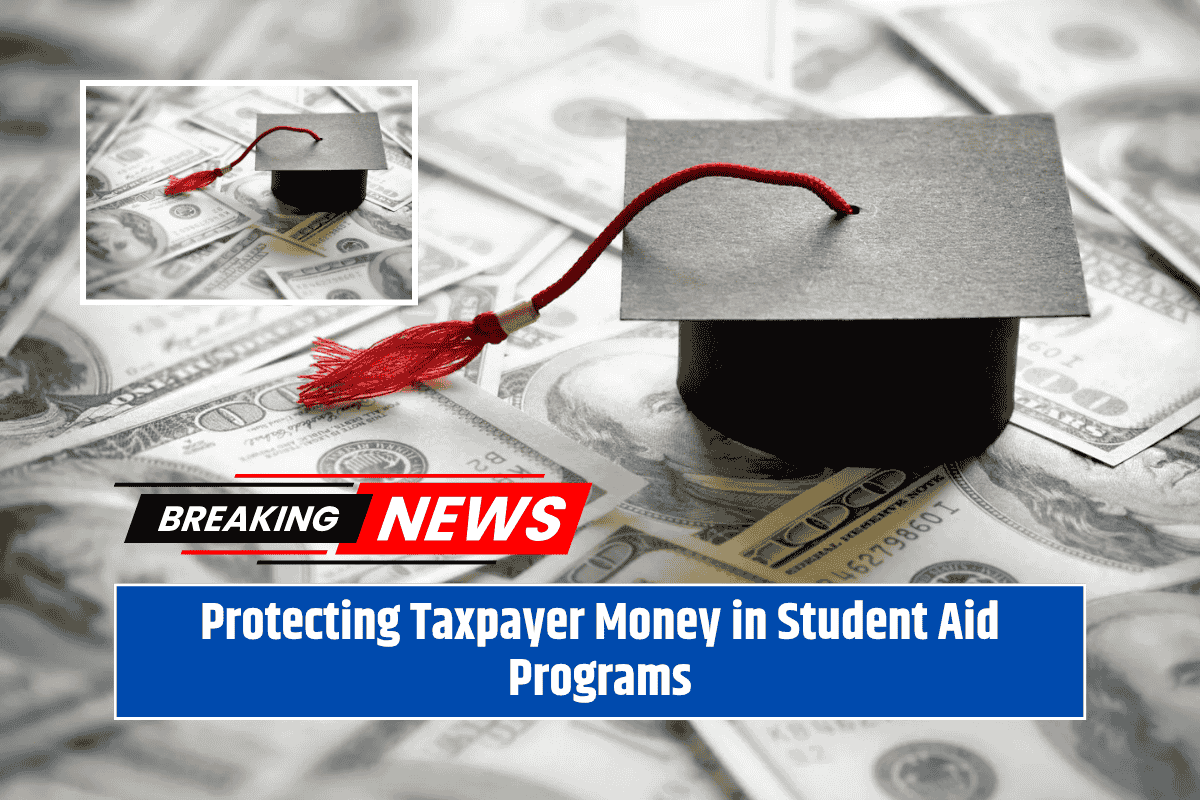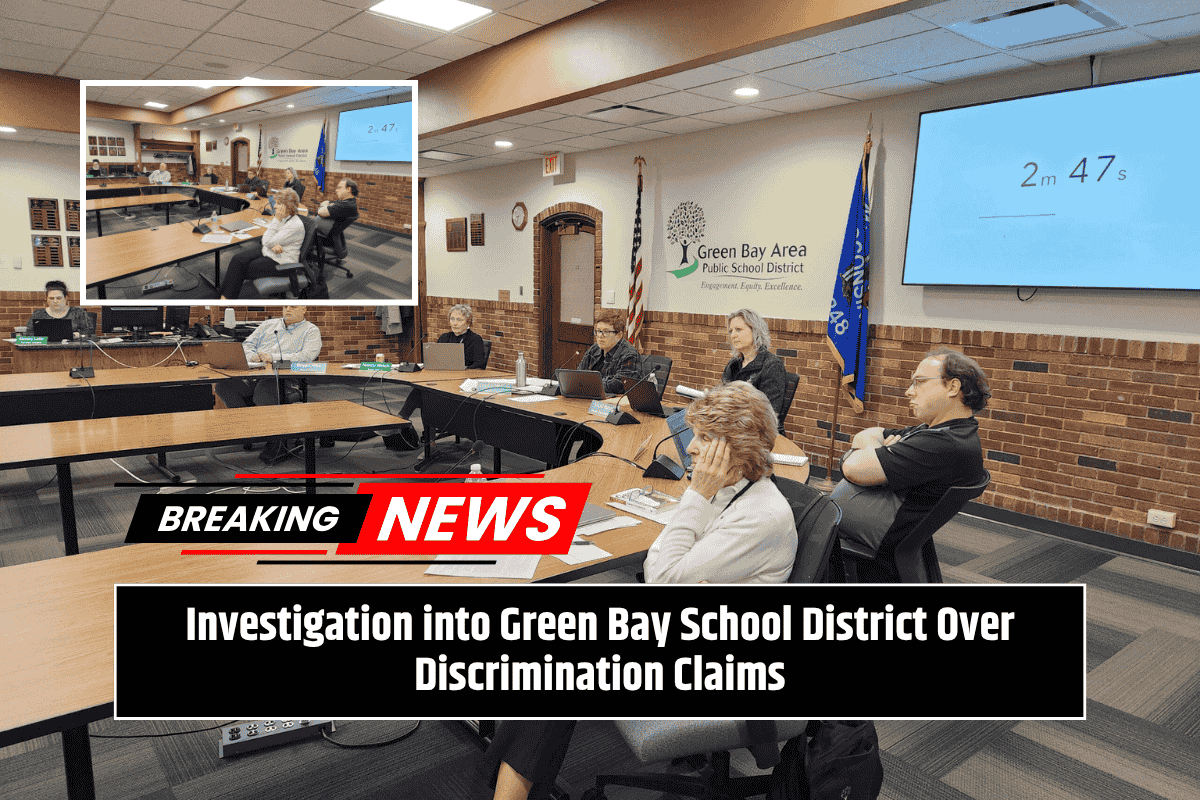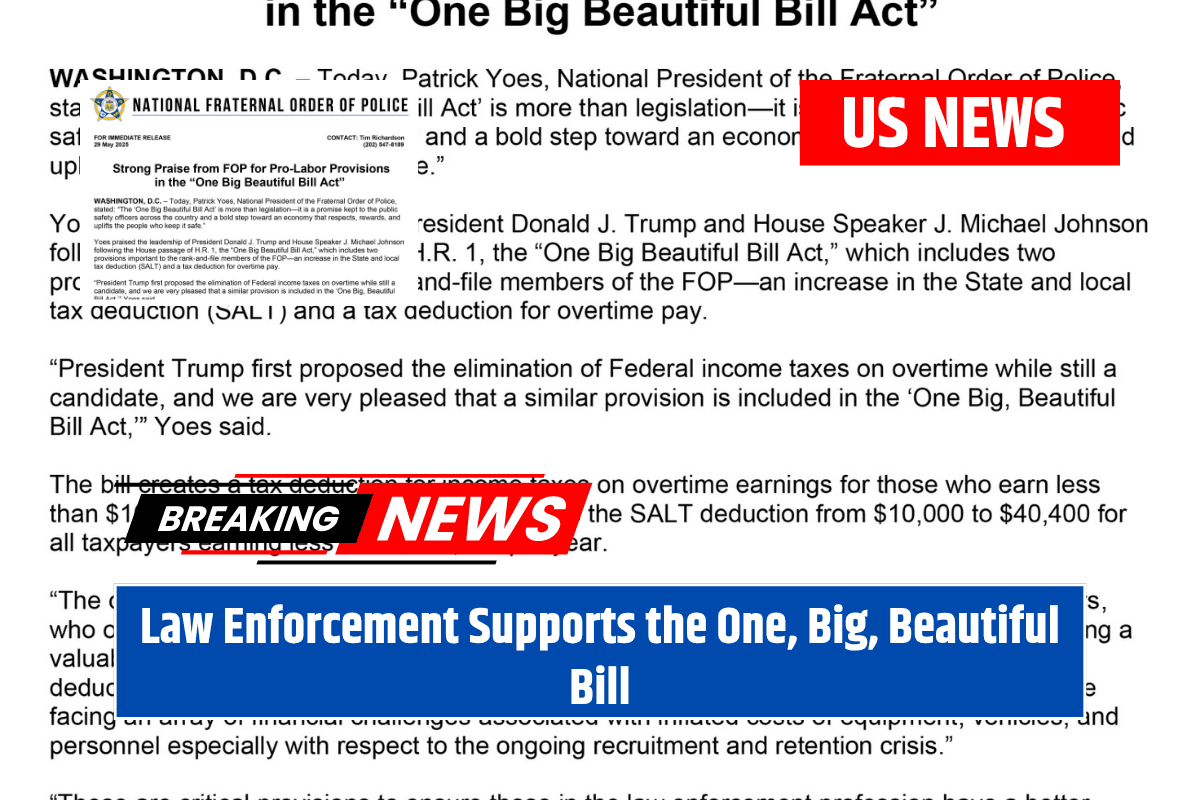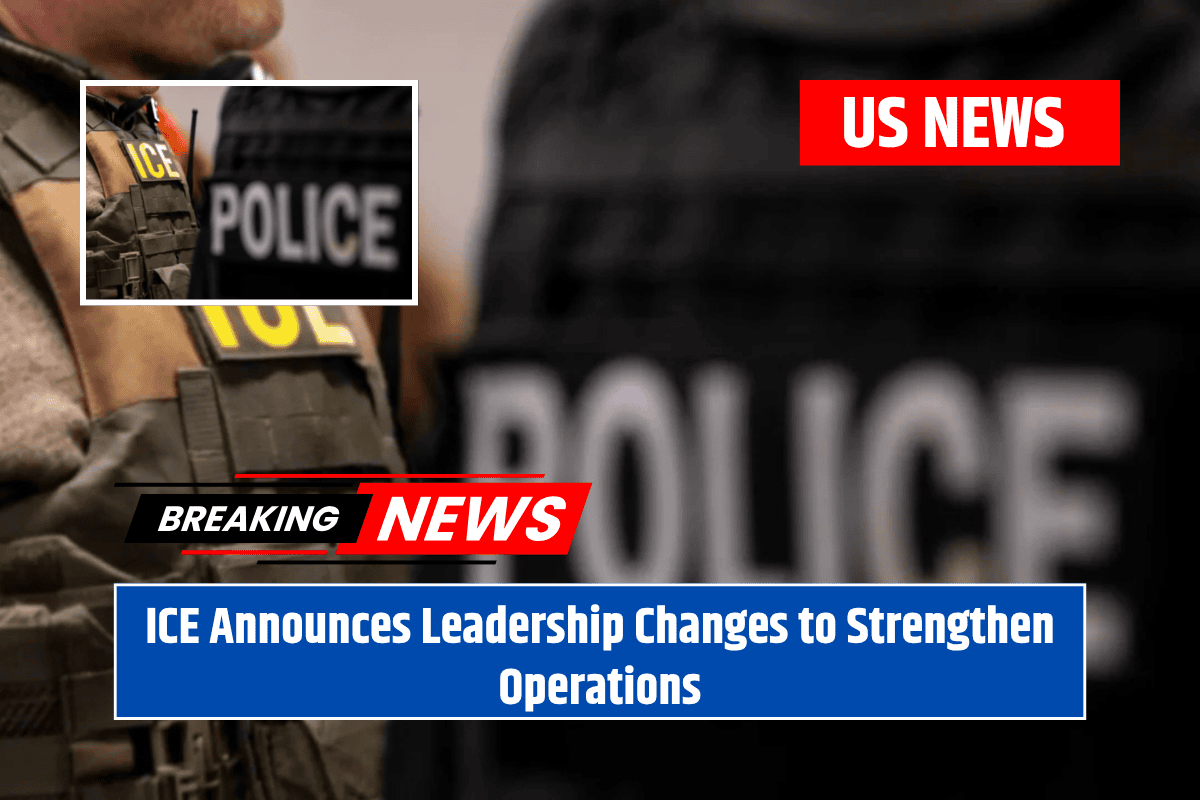By: The California Partnership for Math and Science Education (CPMSE)
Purpose: To guide facilitators in planning, leading, and reflecting on virtual lesson study sessions that support NGSS-aligned science instruction.
1. Purpose of the Playbook
The playbook equips facilitators with tools, protocols, and best practices to:
- Lead collaborative lesson planning sessions.
- Guide teachers in analyzing student thinking.
- Foster professional dialogue around NGSS implementation.
- Conduct effective virtual observations and debriefs.
2. Lesson Study Overview
What is Lesson Study?
A professional learning process in which teachers collaboratively:
- Identify a learning goal.
- Plan a “research lesson”.
- Teach and observe the lesson.
- Reflect and revise based on student evidence.
Virtual Adaptation Includes:
- Online collaboration tools (Zoom, Jamboard, Google Docs, etc.)
- Synchronous and asynchronous planning options.
- Video-based lesson observation or live virtual instruction.
3. Facilitator Role and Responsibilities
Facilitators are responsible for:
- Setting clear objectives and timelines.
- Creating an inclusive and collaborative environment.
- Supporting understanding of NGSS dimensions.
- Managing virtual tools and logistics.
- Leading evidence-based reflection discussions.
4. Cycle Components and Timeline
| Phase | Key Activities | Tools/Resources |
|---|---|---|
| 1. Pre-Planning | Clarify focus, schedule meetings, form teams | Email templates, Planning Guide |
| 2. Lesson Planning | Use 5E/3D model, anticipate student thinking | NGSS Standards, Google Docs Template |
| 3. Teaching | One team member teaches the lesson (live or recorded) | Observation Protocol, Zoom |
| 4. Observation | Team observes using student-focused lens | Evidence Collection Tool |
| 5. Debrief & Revise | Analyze student work, adjust lesson collaboratively | Debrief Protocol, Revision Checklist |
| 6. Share/Reflect | Share key learnings and implications for practice | Reflection Template, Feedback Form |
5. Key Tools and Templates
- NGSS-Aligned Lesson Planning Template
- Virtual Observation Notes Sheet
- Student Thinking Analysis Guide
- Facilitator’s Weekly Checklist
- Group Norms and Roles Template
6. Best Practices for Virtual Facilitation
- Use breakout rooms for small-group discussions.
- Set clear agendas and time allocations.
- Build trust through consistent routines.
- Use evidence protocols to keep focus on student thinking.
- Encourage reflection journals or shared logs.
7. Common Challenges & Solutions
| Challenge | Solution |
|---|---|
| Low participation | Use breakout check-ins, set clear expectations |
| Technology issues | Provide backup tools, allow grace time |
| Off-topic discussions | Use facilitation moves, bring back to student goals |
| Misunderstanding NGSS | Offer mini-PD or modeling using real examples |
8. Support and Professional Development
- Recommended: Join a Facilitator Learning Network.
- Participate in CPMSE webinars or training sessions.
- Use video exemplars to calibrate observation and reflection skills.







